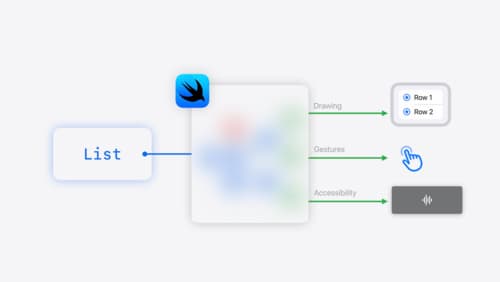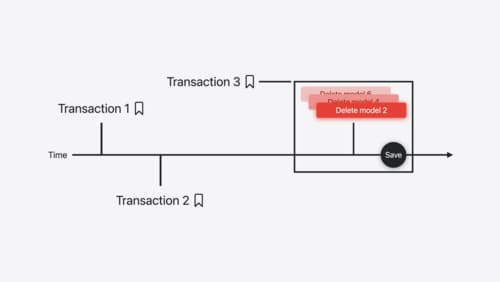Why should I use swift data
Asked on 2024-07-31
1 search
You should consider using Swift Data for several reasons:
-
Ease of Use: Swift Data simplifies the process of building your app's model layer and persisting data across app launches. It provides a lightweight API that feels natural in Swift, allowing you to define your schema with minimal additions to a normal Swift class (Platforms State of the Union).
-
Powerful Features: The framework offers a range of features including persistence, modeling, schema migration, graph management, and synchronization with CloudKit (What’s new in SwiftData).
-
Custom Data Stores: Swift Data allows you to use custom data stores, enabling you to store data using alternative backends like SQLite, remote web services, or even collections of JSON files. This flexibility makes it possible to use Swift Data's API with various storage backends (Platforms State of the Union).
-
Efficient Queries: With features like the
indexmacro, you can make your queries more efficient by specifying which properties are commonly queried together. This helps in storing and retrieving data quickly (What’s new in SwiftData). -
Change Tracking: Swift Data provides access to the history of changes in a datastore, making it easy to inspect all recent changes. This is particularly useful for tracking local changes that need to be synced to a remote web service (Platforms State of the Union).
-
Integration with SwiftUI: Swift Data integrates seamlessly with SwiftUI, allowing you to connect and query models from your SwiftUI views. This makes it easier to build apps that are both powerful and efficient (SwiftUI essentials).
Relevant Sessions

SwiftUI essentials
Join us on a tour of SwiftUI, Apple’s declarative user interface framework. Learn essential concepts for building apps in SwiftUI, like views, state variables, and layout. Discover the breadth of APIs for building fully featured experiences and crafting unique custom components. Whether you’re brand new to SwiftUI or an experienced developer, you’ll learn how to take advantage of what SwiftUI has to offer when building great apps.

Platforms State of the Union
Discover the newest advancements on Apple platforms.

Track model changes with SwiftData history
Reveal the history of your model’s changes with SwiftData! Use the history API to understand when data store changes occurred, and learn how to use this information to build features like remote server sync and out-of-process change handing in your app. We’ll also cover how you can build support for the history API into a custom data store.
